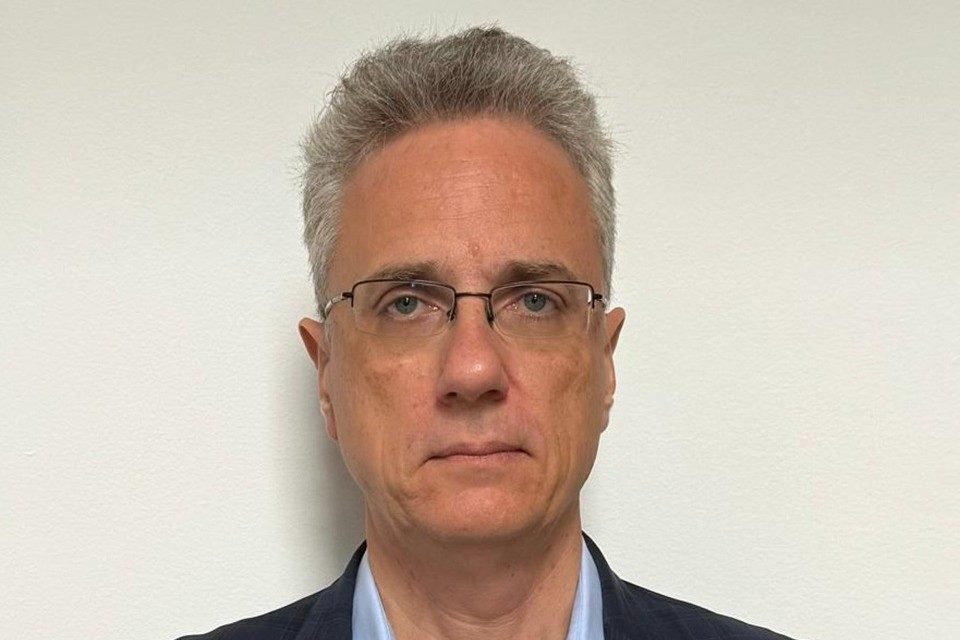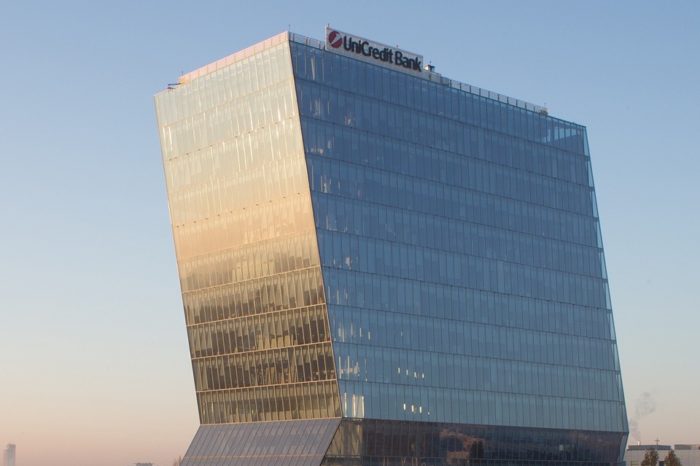INTERVIEW Adrian Borotea, Verbund Wind Power: “We want to increase the capacity of renewable energy, and we aim for a mix of wind-solar-batteries in Romania”

“We have plans to develop wind projects in the north of Moldova. Our strategy focuses on wind, but we also do hybridization. For example, at our park in Casimcea (Tulcea) we have the 226 MW of wind power and today we are working on expanding the wind capacity, we are building another 57 MW, and we are also doing hybridization. In other words, we can put solar in the same connection point, and we don’t have to do anything from the point of view of connecting to the grid because the energy sources are complementary. Thus, the degree of use of the network increases without exceeding the maximum power in the connection contract,” Adrian Borotea, Country Manager Verbund Wind Power Romania, told The Diplomat-Bucharest.
“We have a strategy in the works, which we will present in the next period, but we will definitely increase the capacity in Romania, especially wind, but we do not exclude solar, and we will definitely have batteries. We want to reach a wind-solar-battery mix in Romania.”
How would you describe the current context of the energy market? How do you comment on the statements of the Minister of Energy who says that Romania will have 10,000 MW in wind and solar in addition in the next 3-5 years?
I am an optimist by definition, and I believe that new investments will be made in renewable energy, but not at this pace. Because we found that the interest of big investors has decreased. We have 80,000 MW in various stages for nothing, because I am sure that 80-90% of the projects will lose the ATR (technical approval for connection) without signing the connection contract.
If we look back, this was the success rate of ATR projects: 10-15%. Banks have become more cautious in providing financing, especially for solar parks. There are a few people who are still buying projects in the market, the prices have also dropped due to the flood of projects on the market. There are few buyers and prices are falling, that’s a good thing.
Investments will be made, but not quite 10,000 MW in 3-5 years. I think we won’t get there because we don’t have such a large consumption. Of course, when we switch to electrification and give up gas, coal, we will need more GW in renewable energy.
The electrification part must be stimulated, but that is more about the economy. With some interesting measures and attractive prices, we could increase consumption and implicitly increase production so that we have more renewable energy.
We have these targets at the European level that say we want to be sustainable, net zero by 2050. There are extremely ambitious plans in various European countries. In Romania, from 5,000 MW of wind + solar we will go to 15,000 MW as is the plan in 2030. I say that there is potential, but the networks are not prepared to take over 10,000 MW until 2030. The networks must be prepared before we have new production capacities. At this moment, the grids are balanced in relation to the production, so any extra drop of energy can cause worries.
It is not impossible to have another 10,000 MW by 2030, but we have to convince investors and banks to come with money. It is important to have financing and for now I see a reluctance on the part of the banks to get more involved, and investors have started to reduce the initially high speed of developing projects, and some have even withdrawn altogether.
The plan for 2040 is to reach 30 GW, doubling the level set for 2030. But things are complicated, we need consumption. At this moment, the consumption is below 10,000 MW. If we completely switch to electrification, consumption will increase exponentially, so we will need storage capacities and the strengthening of interconnection networks with neighboring countries.
What is Verbund’s strategy for the next period?
We have plans to develop wind projects in the north of Moldova. Our strategy focuses on wind, but we also do hybridization. For example, at our park in Casimcea (Tulcea) we have the 226 MW of wind power and today we are working on expanding the wind capacity, we are building another 57 MW, and we are also doing hybridization. In other words, we can put solar in the same connection point, and we don’t have to do anything from the point of view of connecting to the grid because the energy sources are complementary. Thus, the degree of use of the network increases without exceeding the maximum power in the connection contract.
We have a strategy in the works, which we will present in the next period, but we will definitely increase the capacity in Romania, especially wind, but we do not exclude solar, and we will definitely have batteries. We want to reach a wind-solar-battery mix in Romania.
Are you considering purchasing existing projects in Romania?
All options are open, but we want to focus on our projects, to do hybridization as we told you. If we assume that we will purchase a wind project, we will do hybridization there as well afterwards.
There are many good projects on the market, and investors have plenty to choose from. The offer of projects is much higher than the number of those willing to invest.
We will have a strategy until 2040, and each country in the group will try to attract group money for local projects. Each country has pluses and minuses, there are many factors that must be analyzed, such as the duration of a project, the price of a project, the ease with which approvals are obtained, etc.
An analysis is done at group level in which all CEOs from each country participate and we try to reach a mix.
When do you estimate that you will complete the expansion of the wind project in Tulcea?
For now, we are in the approval phase. As a rule, a wind project lasts about 3 years, and we estimate that it will be ready after 2025. The preparation part takes a long time, and the lands are fragmented. If you want to do a solar project, you need a compact land. 50 hectares, 100 hectares or whatever, but let it be a whole piece. There are many pieces of land in our area, and it takes a long time to find the owners, to negotiate, etc. This problem is delaying our projects a lot, but I am optimistic that we will be able to do the expansion, as well as the hybridization part with the solar park.
What are other challenges you face?
We are a country where the process of obtaining approvals takes an average of 2-3 years, which seems very long to us, but other countries – where it takes 5-6 years – are surprised that things go much faster here.
We compare well with other countries, development costs are lower, but after analyzing everything and drawing a line, you have to see if the estimated profit is higher in Romania than in other countries. These aspects will be considered in the development of the group’s strategy.
What financial goals do you have for 2024 and the following years?
We adapt to market prices; we cannot perform miracles. If prices go up, we will go up too. The expectations are that prices for final consumers will remain the same or increase in the next period (2-3 years).
It is likely that the capping of energy prices will be eliminated in 2025-2026 at the latest, discussions in this regard have already begun. These ceilings help consumers to feel protected, to “breathe”. The question is how much we will cap prices and for how long. The ceilings must be removed at some point, we cannot be the only ones in the EU that still have such ceiling mechanisms.
In the absence of ceilings, an increase in prices for consumers is estimated, not necessarily for energy production. Theoretically, if there is competition, the price must decrease on an annual average.
How do you see the evolution of the market in 2025?
Next year we will have several hundred MW in energy production. This year, for example, we will add somewhere to 400 MW, according to the statements made by the National Energy Dispatcher. We hope that the efforts of the ministry and the authorities will encourage the development of new production capacities. I hope that the auction for batteries will be a success.
2025 will be a transition year in which the plans regarding subsidies and ceilings will be finalized. We will have a calendar for the gradual reduction of subsidies and all players will be able to do their calculations.














